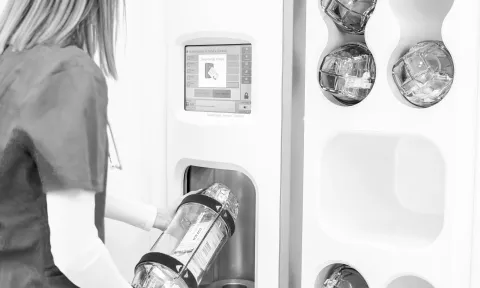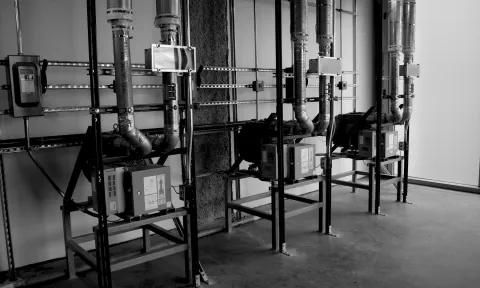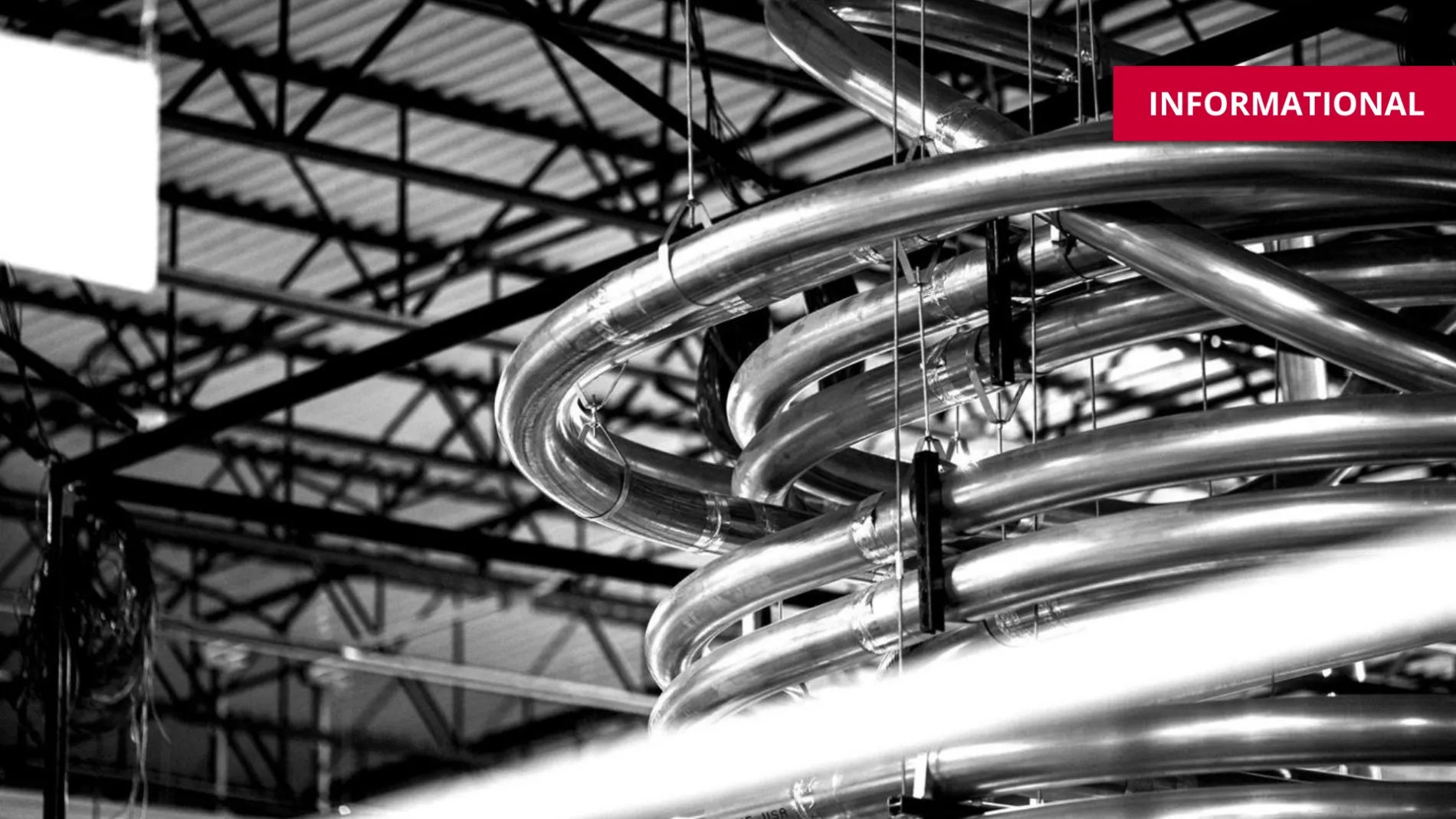You might also be interested in this

Customer Pledge

Superior Transport Automation

Pneumatic Tube System Components

Carriers and Accessories

Stations


A Closer Look at the Numbers Behind the Tube System
Reading Time: 5 min.
9/7/2023
Dan Gross
The pneumatic tube system has long been the transport hero of the hospital. In fact, it’s almost impossible to think of a modern healthcare facility operating without one – but why is that? To better show the impact that tube systems have on hospitals (and other applications) and why they’re necessary infrastructure, we’ve decided to look at tube systems by the numbers just to see how impressive these systems really are.
In our other blog "How a Pneumatic Tube System Works", we mention that pneumatic tube systems aren’t new. Some of the first pneumatic tube systems date back to the mid-1800s, when they were used to send mail. By the 1950s, pneumatic tube systems became commonplace in hospitals but were limited to sending x-rays, solid medication, and supplies. It wasn’t until the late 1970s-80s that tube systems were used in the capacity that they are today i.e. to send specimens, radiopharmaceuticals, blood, etc.
Today, it’s not uncommon to see older tube systems still providing critical hospital-wide support. Up to 70% of active TransLogic tube systems are over 25 years old and approximately 134 hours of maintenance are performed – per system – annually.
Tube systems create efficiency across departments and allow for big picture organizational strategies like centralized pharmacies. Thus, a tube system’s value increases exponentially when coupled with other automations. But even at a basic level – perhaps in the case of a smaller health system that has not yet invested in automated pharmacy solutions – the pneumatic tube system offers irreplaceable and measurable efficiency.
A pneumatic tube system can send a carrier at 20 feet per second. The average tube system makes about 1,500 transactions per day. The average system possesses about 8,750 ft of tubes. On a national scale, TransLogic tube systems make 3,300,000 transactions per day over 19,250,000 ft of tubing. That’s over 1.2 billion managed transactions per year.
Each pneumatic tube system is unique to its own respective hospital and its needs. As such, the cost to design, construct, and service a tube system can vary greatly. For instance, a large health campus may elect to construct a tube system that connects two buildings underground. This inherently requires more up-front investment, more planning, and more raw materials, but the returns are larger and realized more quickly. The opposite is true for a small hospital in that the up-front costs of designing and installing a tube system are less but the return on the investment is more gradual. Regardless of the size of the organization, the benefits of a tube system always outweigh its cost.
The fact is: each healthcare facility varies in terms of size, design, and needs. To get a more specific idea of how much a tube system can impact your organization, check out our ROI calculator and/or reach out to your local TransLogic expert – who will use decades of existing customer data to provide guidance.






Contact our knowledgeable specialists to discover how our range of automation solutions can boost efficiency, reduce costs and enhance care at your healthcare facility.
Contact us